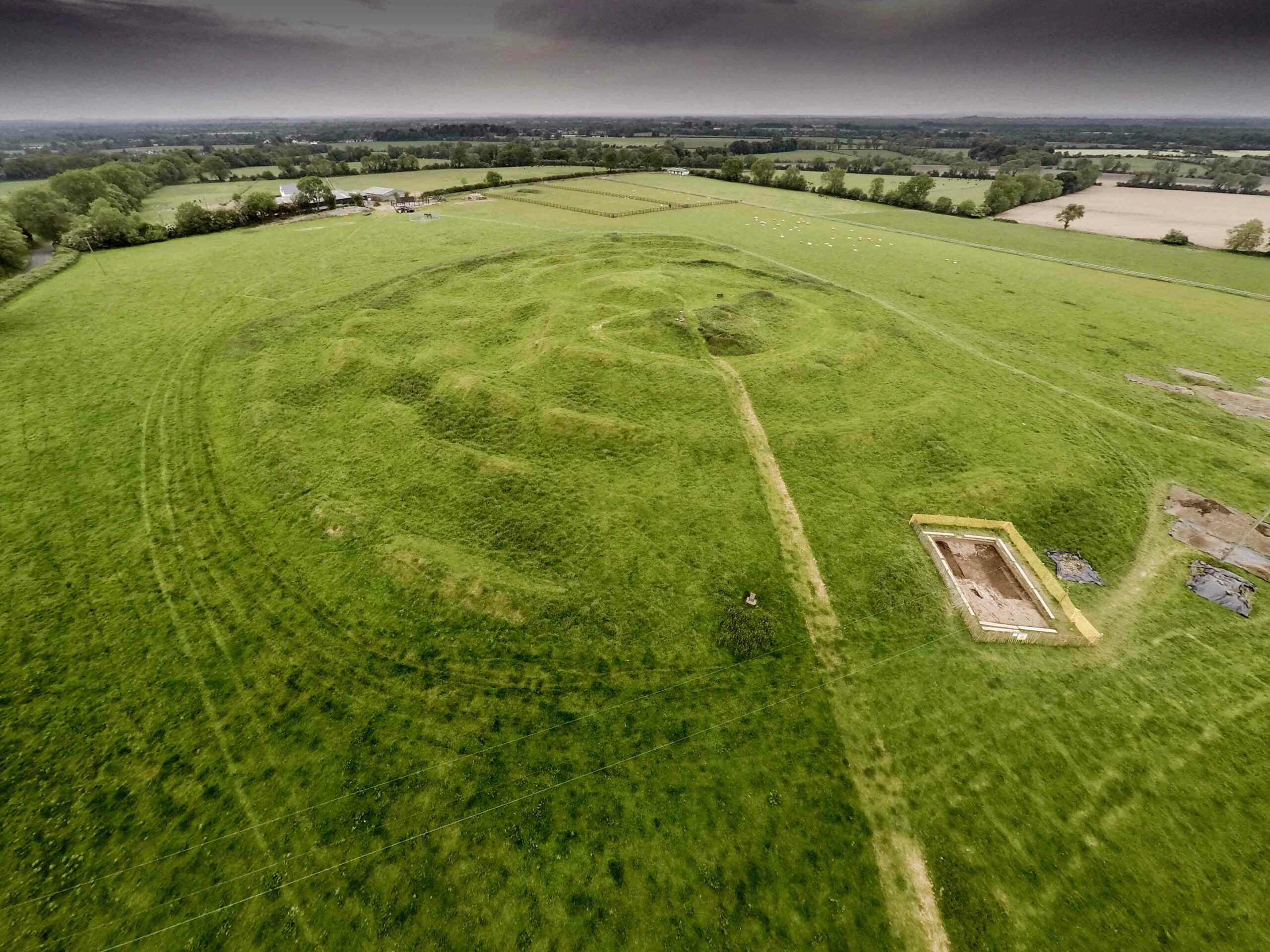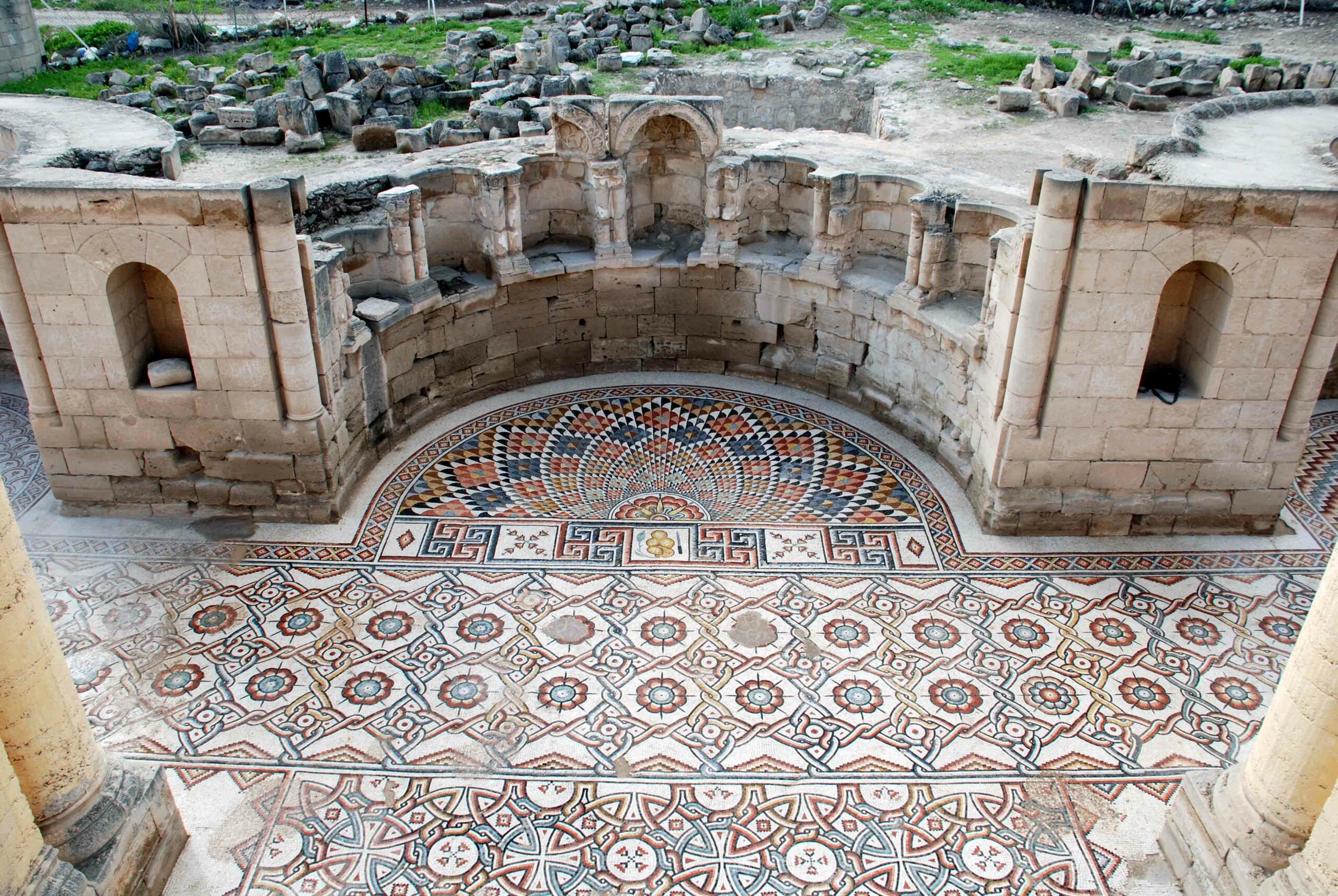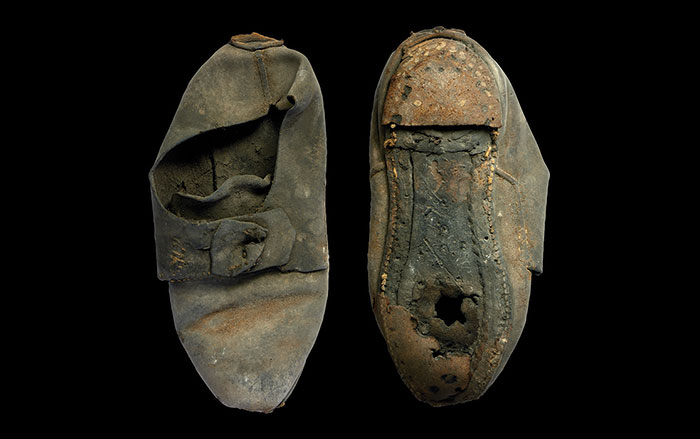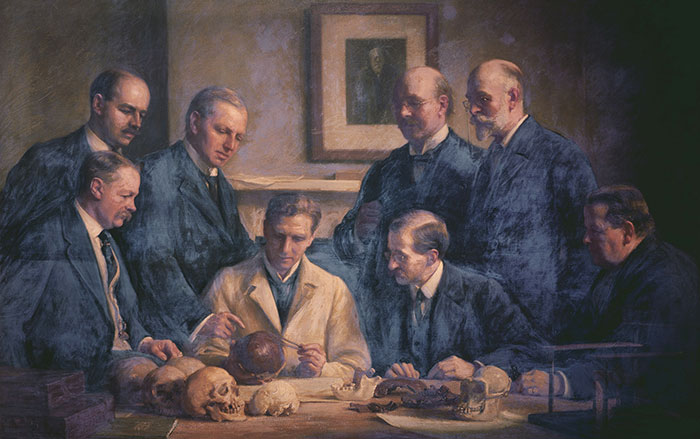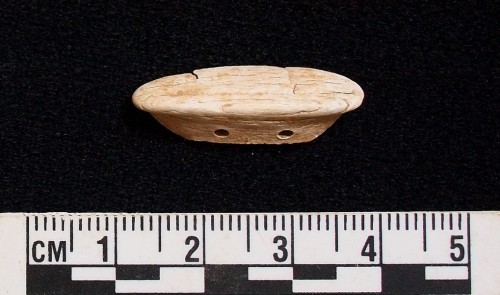
DOUGLAS, ISLE OF MAN—Isle of Man News reports that Michelle Gamble of the Manx Museum discovered a collection of small bone objects while reassessing a box of cremated human remains excavated from a cist tomb in 1947. The stone-lined grave contained 4,000-year-old burned bone fragments, two flint tools, and two pots. The bones are thought to have come from four skeletons mixed together, including two adults, one of which was male, an adolescent, and an infant. Gamble explained that the bone objects were burned as well and mixed in with the cremated human remains. One of the objects was a bone pommel for a bronze knife—the first to be found on the Isle of Man. The other objects include a bone point or pin that may have been attached to clothing or a head covering. Gamble and her team are still examining what may be bone beads and worked bone strips. The bone items may have been worn by the dead, or placed on the funeral pyre by the mourners. The researchers have not been able to determine whether all four burials took place at the same time. For more, go to “Artifact: Bronze Age Dagger.”






